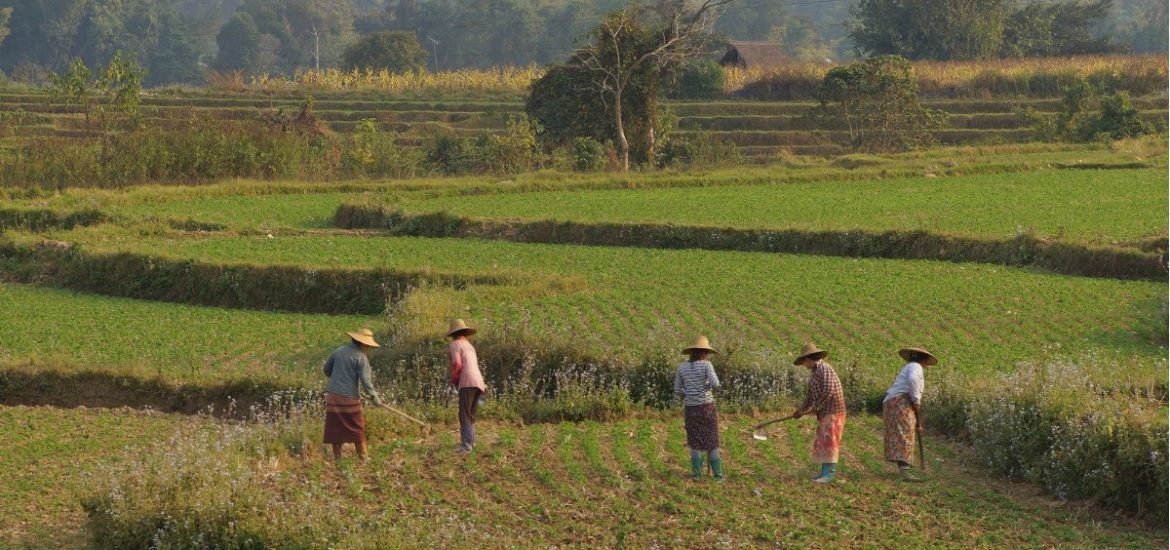
Climate change may already be reducing crop yields of some of the world’s most important crops and food-insecure countries are being affected the most, according to a new study published on 31 May in PLOS One (1).
Just ten crops —barley, cassava, maize, oil palm, rapeseed, rice, sorghum, soybean, sugarcane and wheat — supply around 83 per cent of the total calories produced by croplands. Therefore, future food security hinges on the ability to maintain these staple crops. However, crop yields are expected to decrease under future climate change projections.
According to the authors, previous assessments based on climate change and crop yield predictions provide important insight — higher estimates of global warming will likely result in strong yield losses in lower latitudes, particularly maize and wheat crops — but are typically only estimated for a limited number of crops in the long-term, 2050 and later.
To complement existing long-term forecasts, the researchers sought to identify crops and regions already at higher risk. The study carried out by researchers from the Institute of the Environment at the University of Minnesota, in collaboration with the University of Copenhagen, established so-called linear regression relationships between weather and crop yield data to assess the potential impacts of climate change on crop productivity.
The relationship between weather and crop yields is significant, around 54–88 per cent. As the authors write, “climate change has potentially already affected global production of the ten largest crops and the production of consumable food calories in specific countries and globally”.
In particular, the researchers found the impact of global climate change on yields of different crops from climate trends ranged from a decrease of 13.4 per cent for oil palm to an increase of 3.5 per cent for soybean. Overall, they estimate an average reduction of around one per cent (-3.5 x10e13 kcal/year) of consumable food calories for the top ten crops.
The impacts were mostly negative in Europe, Southern Africa, and Australia but positive in Latin America. Moreover, half of the food-insecure countries are currently experiencing decreases in crop yields. In contrast, global warming increased crop productivity in some regions, for example, the upper Midwest of the US.
The findings are important since they identify which geographical regions and crops are most at risk from climate change right now. Furthermore, it seems those in already food-insecure countries fare far worse. The authors suggest further studies are still needed to fully understand the implications of mean climate change on food security at the local scale.
Nonetheless, the results will be useful for policymakers and others working towards strategies aimed at helping to achieve the UN Sustainable Development Goals of ending hunger and mitigating the effects of climate change.
The global population is expected to reach at least 9 billion by 2050. Models previously developed by the Institute on the Environment’s Global Landscapes Initiative have provided crucial for the UN, World Bank, and Brookings for evaluating global food security and environmental challenges associated with feeding the growing population. And the recent findings are no exception.
(1) Ray, D.K. et al. Climate change has likely already affected global food production. PLoS One (2019). DOI: 10.1371/journal.pone.0217148